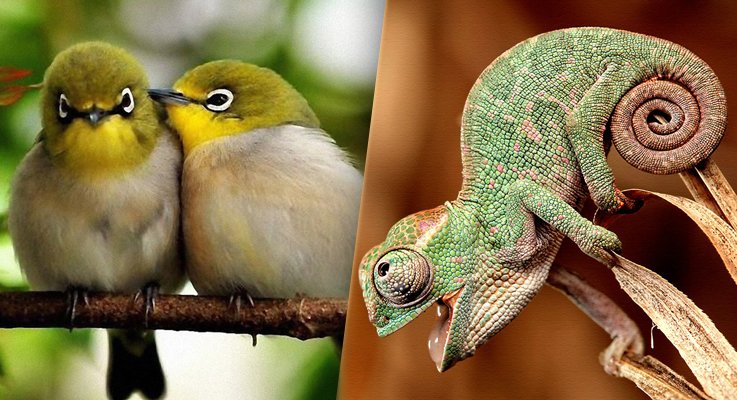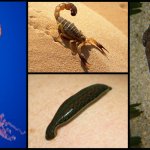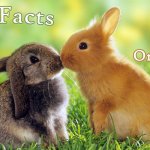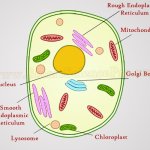
Birds and Chameleon are Vertebrates
Natural classification of animals divides all the animals around to 2 main groups as Vertebrates and Invertebrates. Here on Smart Science Pro, we have written about natural classification of plants already. Now it is the right time for you to learn about the classification of animals.
I’m not going to explain about invertebrates in this post since I have hoped for a separate post about them.
Modern science is really exciting and innovative. However, humans still haven’t finished counting all the living organisms in the world. That same fact is true for animals too. So far humans have identified over 1 Million animal species around and another million or more may be in the process of investigating and identifying.
Due to the characteristics of the natural classification introduced by Carolus Linnaeus, all of these animals show a common relationship between them. Phylum and Genetic relationship is highlighted in a natural classification.
Classification of animals improved much in the 10th edition of the Carolus Linnaeus’s book – System Nature – written in 1758. That’s the classification system used at nowadays.
Characteristics of Vertebrates
Vertebrates are the key group of the whole animal kingdom. They have their own unique features and below are some of the important ones,
- Animals who have improved mental state.
- Usually there is a post anal nail.
- Have a vertebral column or backbone.
- Availability of tubular nerve cord which is covered by vertebral column.
- Anterior end of the nerve cord, the brain is formed.
- Have a skull made with bones to cover the brain.
Easiest way to find an animal is a vertebrate or invertebrate is to check the presence of their vertebral column. Simply, all animals which have a backbone are vertebrates while those who don’t have a backbone are considered as invertebrates.
All the vertebrates are classified under 5 main groups as mentioned below.
- Amphibians – Amphibia
- Birds – Aves
- Fish – Pisces
- Mammals – Mammalia
- Reptiles – Reptilia
I’ll explain the main characteristics of each of these vertebrates below.
Features of Amphibians – Amphibia
Amphibians live on both aquatic environments and land environments. Usually all of the amphibians have 4 legs with webbed feet. The reproduction method of these animals is laying eggs.
Amphibians are good swimmers as well as they have the ability of crawling or hopping in the land. They are cold-blooded animals.
Do you know that the frog is an amphibian who proves the Recapitulation theory of Haeckel – Every animal shows its ancestral history. Frog has a life cycle stage called tadpole stage where it look very similar to a fish.
Examples for Amphibians
– Frog
– Toad
– Salamander
– Caecilian
Features of Birds – Aves
Birds have hollow bones and feathers attached to their body surface. They are warm blooded vertebrates which means they can regulate their own body temperature. Their movement method is flying. So the front limbs have been turned to wings.
All birds have a beak with no teeth inside mouth.
Examples for Birds
– Pigeon
– Eagle
– Crow
– Sparrow
– Parrot
Features of Fish – Pisces
Fish are aquatic animals who live on both fresh, brackish and sea water. As a result of that they have fins for swimming purposes. Their respirator organ is the gills available near the head. Almost all the fish have a streamlined body shape.
Mode of movement is swimming as you figured already. Do you know there is an evidence to prove that land life on earth is due to the evolution of fish. Oxygen needed for respiration is obtained by the water and from atmosphere sometimes.
Examples for Fish
– Tuna
– Shark
– Salmon
– Goldfish
– Catfish
Features of Mammals – Mammalia
Mammals are the most developed group of vertebrates and they are warm blooded animals. Their body is divided to few parts as head, neck, trunk, limbs. Nose, external ears and eyes are the parts that can be quickly identified.
Mammals have improved fore limbs which they use to fly, swim or walk depending on the environment they live in.
Little ones feed on milk.
Examples for Mammals
– Humans
– Elephant
– Chimpanzee
– Dogs
– Cats
Features of Reptiles – Reptilia
Just like other vertebrate types, reptiles live on both land and water – Some live on Water or Land or both. Reproduction is through eggs. Reptiles are animals who crawl and usually they have 4 limbs, but there are types who don’t have any limbs and they are known as snakes.
Examples for Reptiles
– Lizard
– Tortoises
– Crocodiles
– King cobra
– Chameleons








Leave a Reply